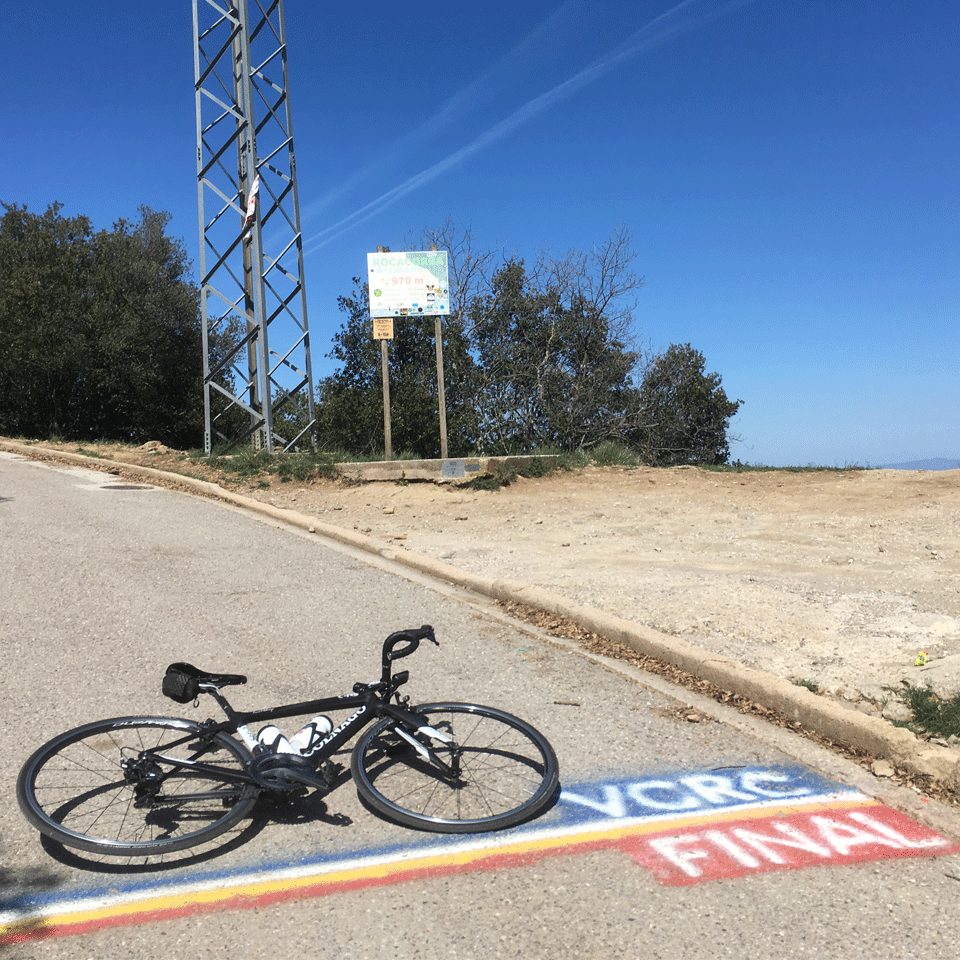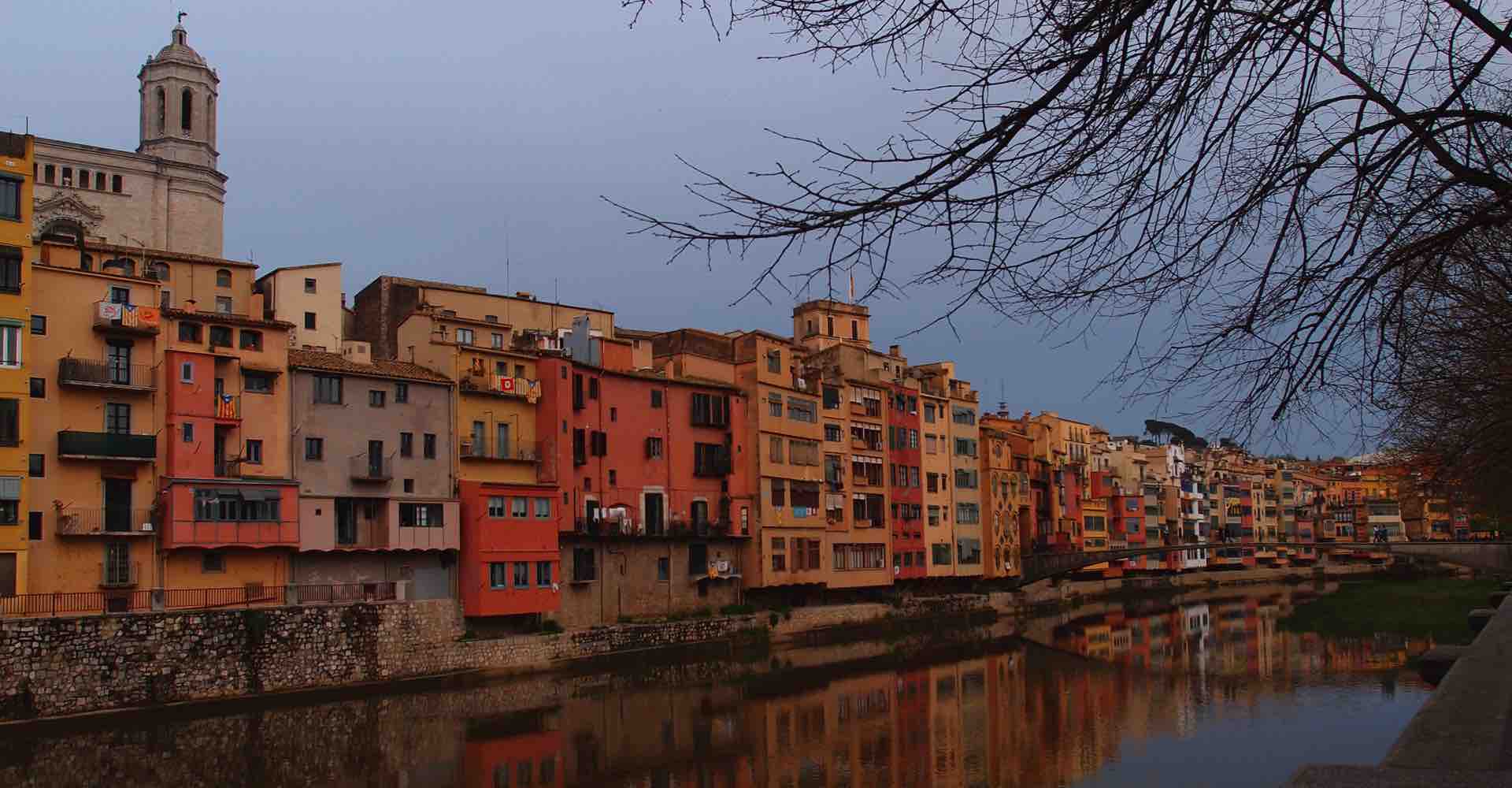
A Cyclist's Bucket List
Girona
There are tonnes of classic cycling destinations that will satisfy the needs of all road riders; Mallorca, the Alps, the Pyrenees, Tenerife… so why Girona? When planning a cycling holiday with friends, all these places were considered, but something attracted me to Girona. Looking for more than just a ‘training camp’, my friends and I wanted a holiday where we could get plenty of miles in, but also do some exploring in our downtime.

Nestled in the northeastern extremity of the Iberian Peninsula, Girona is a charming Catalonian city known for its medieval architecture. A number of attractions including the imposing cathedral and the Passeig de la Muralla (city walls) make it a worthy destination in its own right, whether you’re a cyclist, a Game of Thrones fan (Girona is one of their filming locations), or just a regular holidaymaker.

In recent years, Girona has become a bit of a mecca for cyclists, yet is still relatively unspoiled by tourism, with a different vibe to the rest of the Costa Brava region. Chilled-out and friendly, with smooth, quiet roads, great coffee shops, numerous restaurants and (more often than not) perfect weather - what’s not to like?
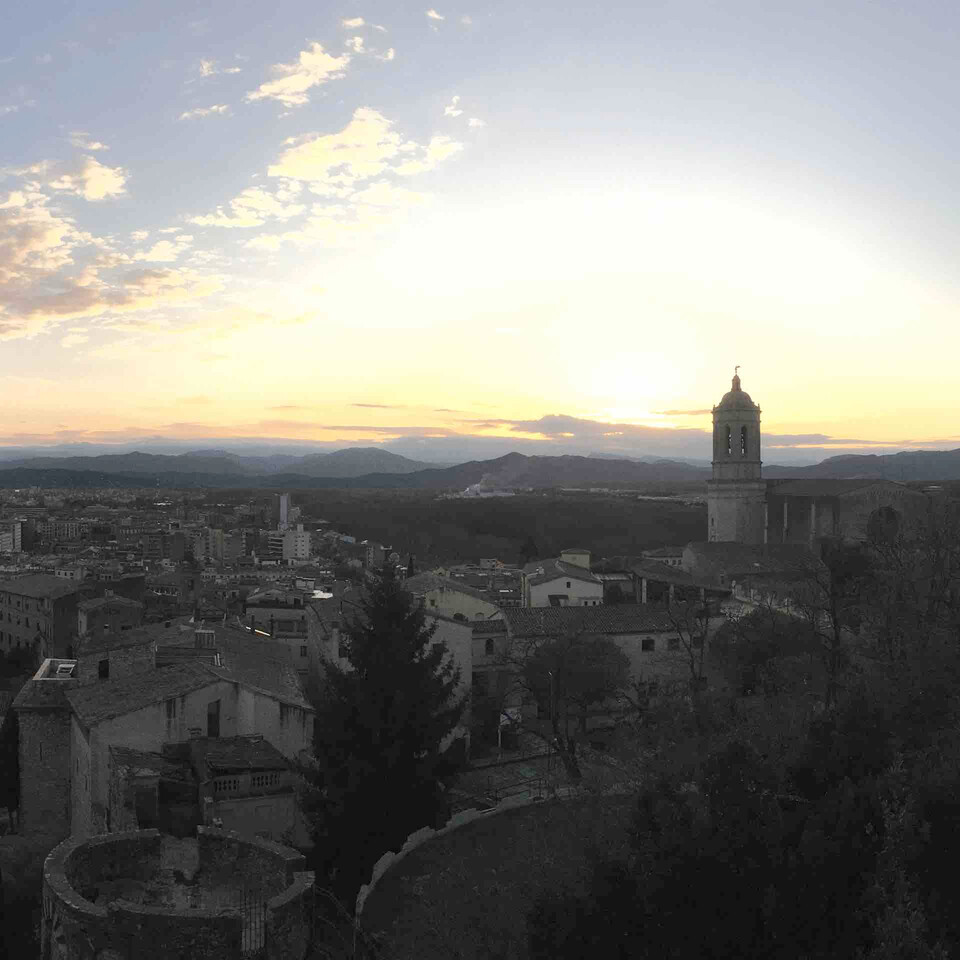
Staying in the old town is ideal, and the area is home to a number of pro cyclists, with the facilities to match. There’s plenty of accommodation to choose from and ours was a lovely Airbnb right in the centre. Note: If you opt for the old town, take earplugs to dull the noise from bars below and early morning street cleaning, and be prepared for potentially lugging bike boxes and bikes up and down numerous flights of winding stairs!
On our doorstep was Espresso Mafia (‘organised coffee’) - perfect for your pre-ride dose of caffeine, and owned by a former pro, Christian Meier, and his wife. One of his three establishments, the others are just as impressive; La Fabrica, a cafe serving exceptionally good food, coffee and cake, and The Service Course - more than a bike shop, they offer trips, bike hire, servicing and much more.
Arriving on a Saturday in mid-April, the rain was heavy, although with a temperature rise of around 5 - 10° and clear skies the next day, which continued to improve throughout our six-day stay, by luck we had picked the perfect time to go.
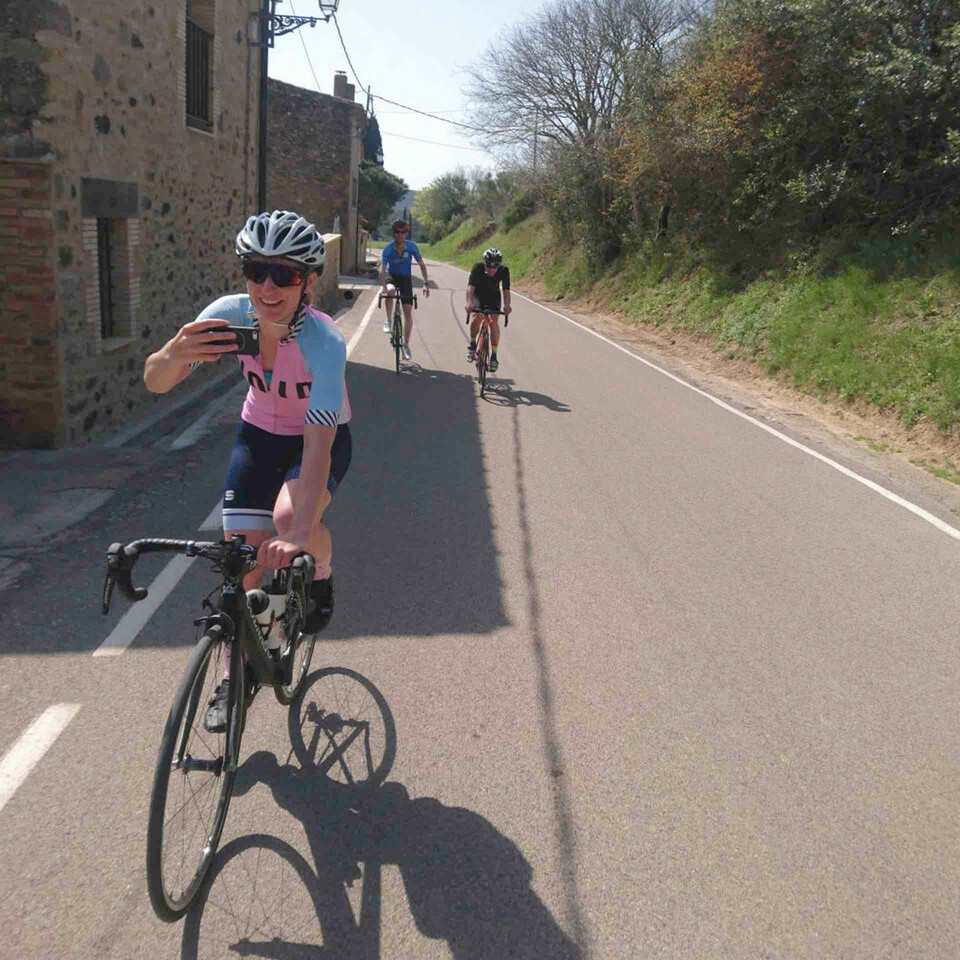
Riding here is a dream, although if like me, you consider yourself more of a sprinter, be warned, the terrain is rolling at best. I was glad to have taken the Colnago C-RS, which was lightweight and perfect for the undulating roads and steeper ascents alike. If you like climbing, the area has a number of notable climbs that are worth tackling. We rode 5 out of the 6 days, logged 550km and climbed 8670 metres. Aside from the anticipated issues of mapping a new route in a new place on my Wahoo ELEMNT BOLT, leaving the city was a simple task, made easier by the consistently respectful Spanish drivers.
Two days of rolling terrain warmed our legs up nicely for the first major climb. Day three was a near enough out and back 75km ride to the Rocacorba. A popular training ground for local pros, relentlessly brutal (deceptively so, looking at the profile) is the only way I can describe this ascent on the Puigsou mountain. After a week in the Alps last year, taking in a number of far longer and tougher climbs (on paper) I was surprised at how hard this felt. The climb proper is 10km long with an average gradient of 7%, and the extended sections of at least 10% burned the legs and lungs. If you have the energy to look around you, though, you’ll be rewarded with stunning views. Finishing in a dead-end road not only meant we saw just the occasional cyclist and a couple of motorbikes, but we had no choice but to descend the same way we climbed. Technical and narrow, with rough roads, this is one for only the most confident to push it.
Day 4 was a long day with another long climb. Rightly named the ‘Mother of God’, or Mare de Deu del Mont, this one takes you out into the Pyrenees and offers outstanding views of the valley below. At 18.8km, it starts shallow and reaches painful gradients of 11% as you head to the top. Another dead-end summit, this time with a much-appreciated cafe, the road splits two-thirds of the way up, so you have two options for the descent.
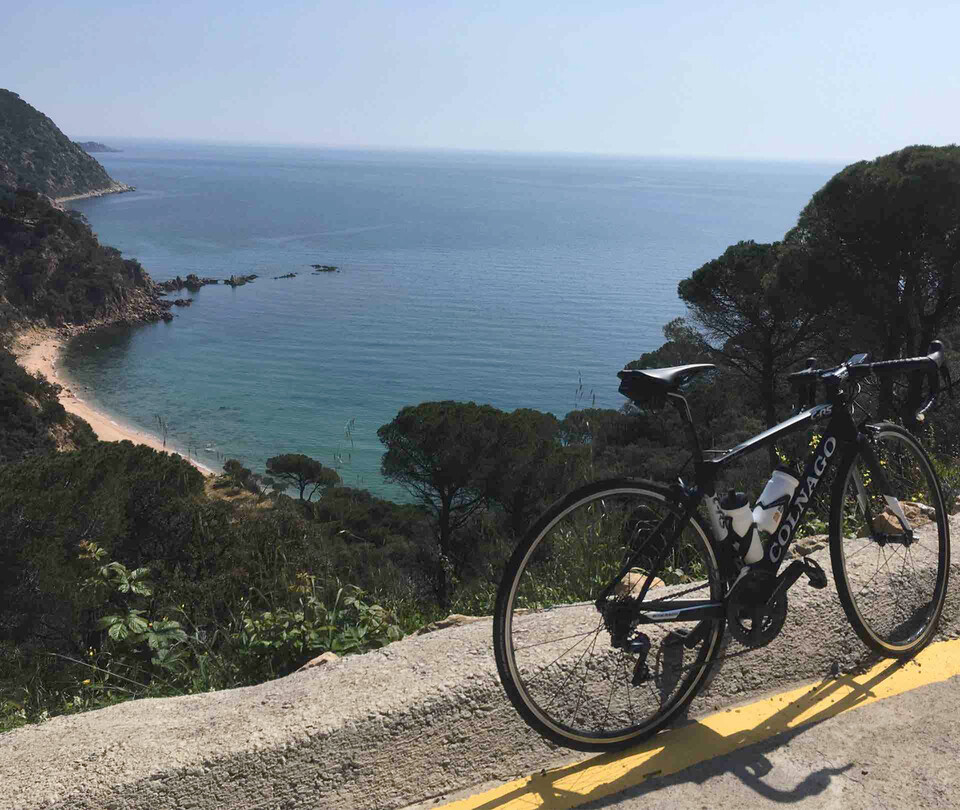
I’d highly recommend a loop to the coast, and we did this on our final day after receiving numerous recommendations. I’d also suggest riding it anti-clockwise as the main climb is then rough, and the descent smooth. In typical Girona style, the route is undulating until it hits mountainous Massís de l'Ardenya where it climbs for around 8km, before you’re rewarded with over 18km of smooth, fast descent, then rolling roads up the coast with distracting views of the turquoise Balearic sea. Returning to the city after a day of sun, sea, and plenty of food, we were satisfied that we had covered a good variety of what Girona had to offer.
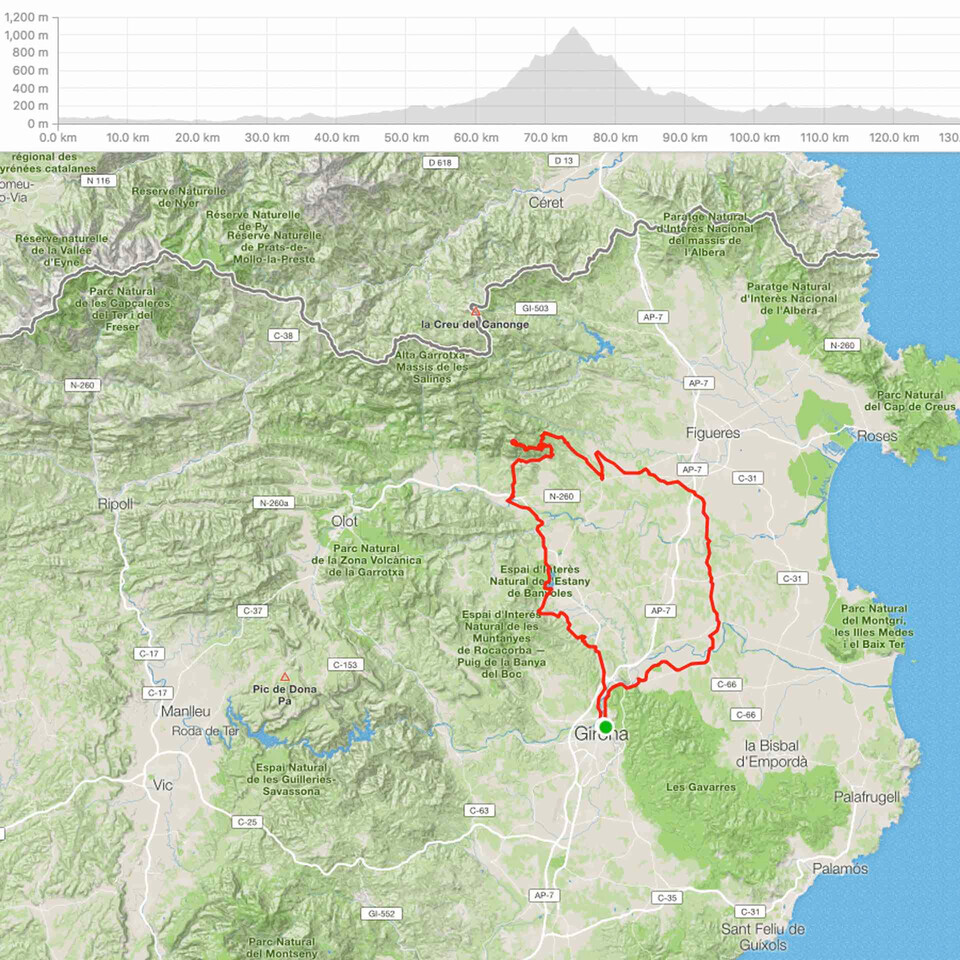
As mentioned, we weren’t looking for a training camp, but a holiday, so all our rides were broken up by stops for coffee and ice cream and to relax by lakes and beaches. The Girona area offers so much, but if you’re after a more intense riding experience, there are plenty of other climbs, notably Els Angels and Sant Hilari, along with rolling routes in every direction.
















